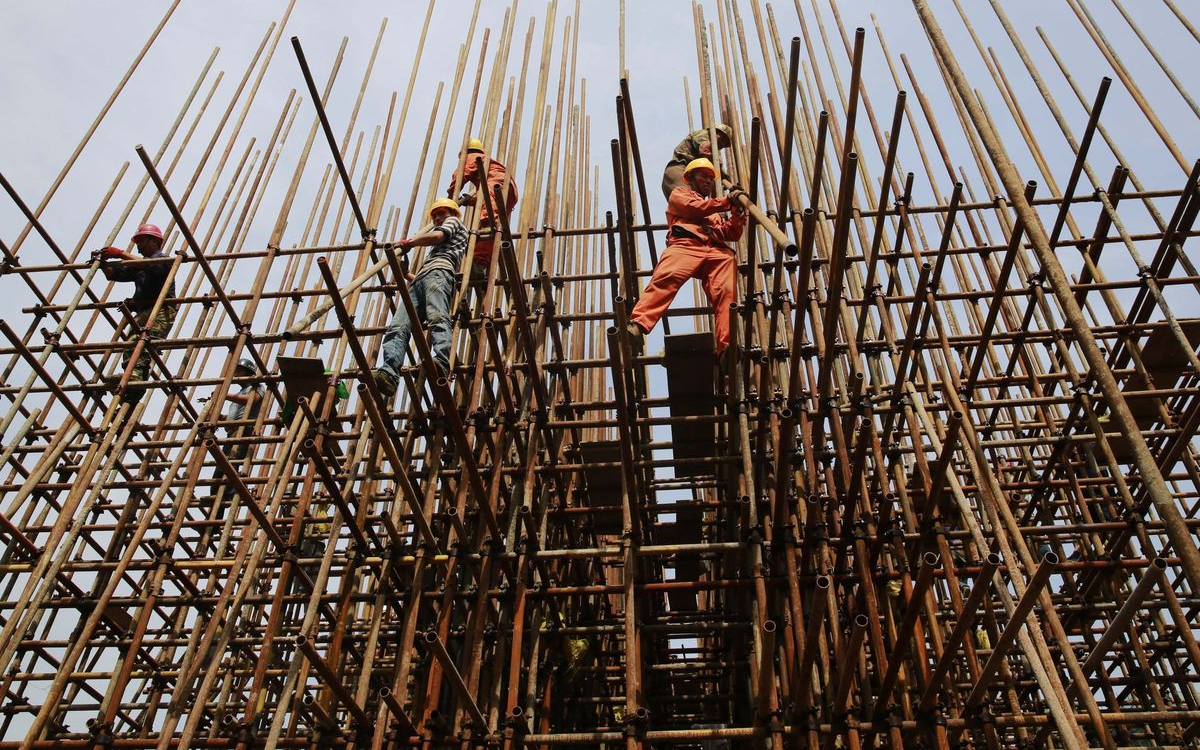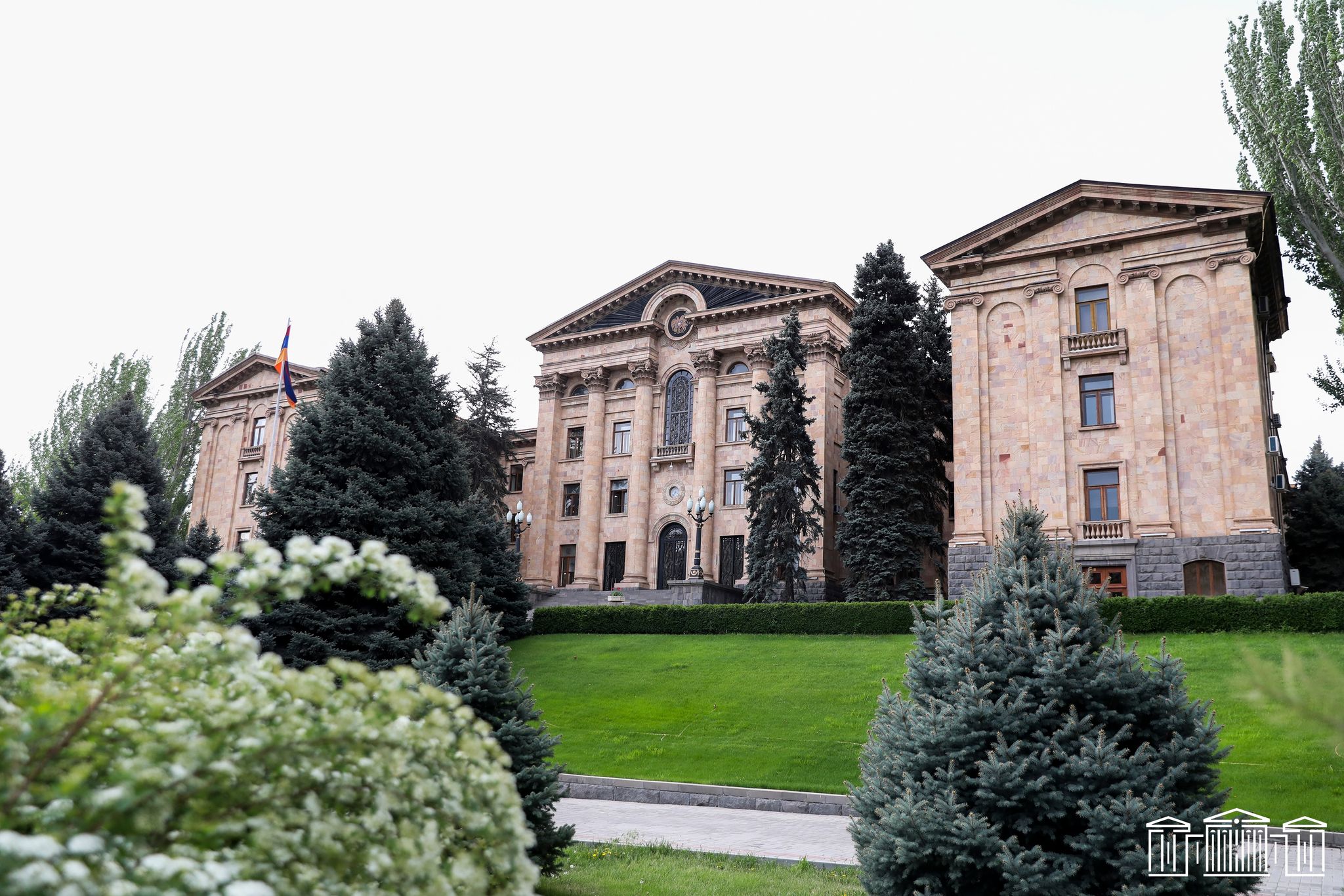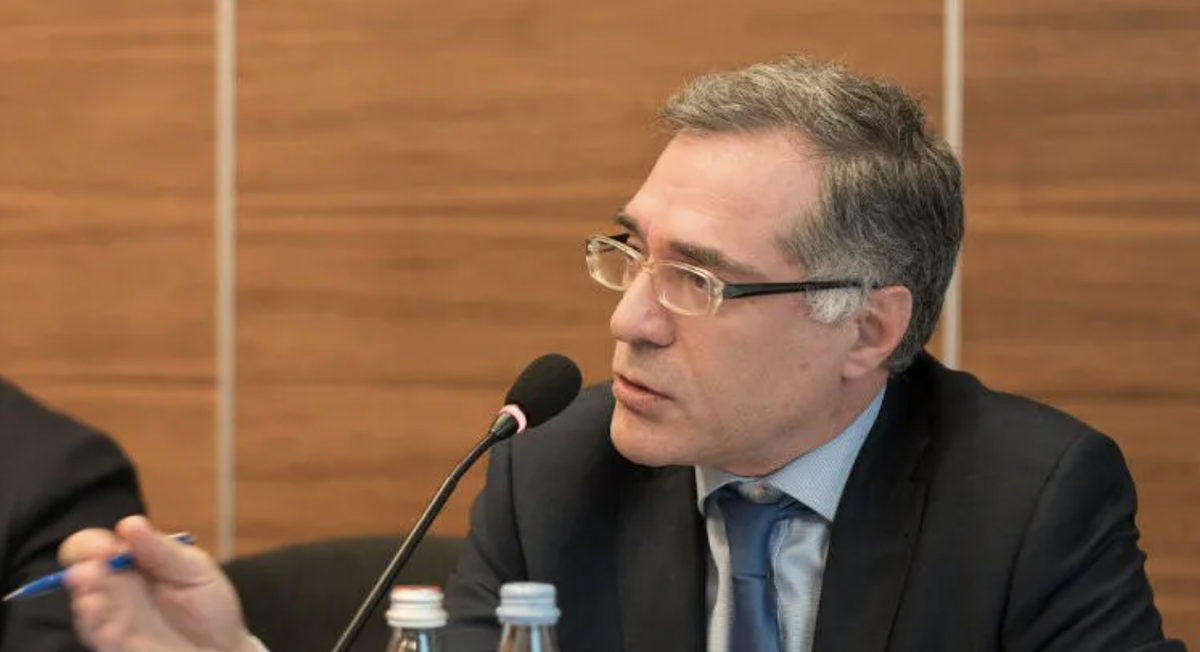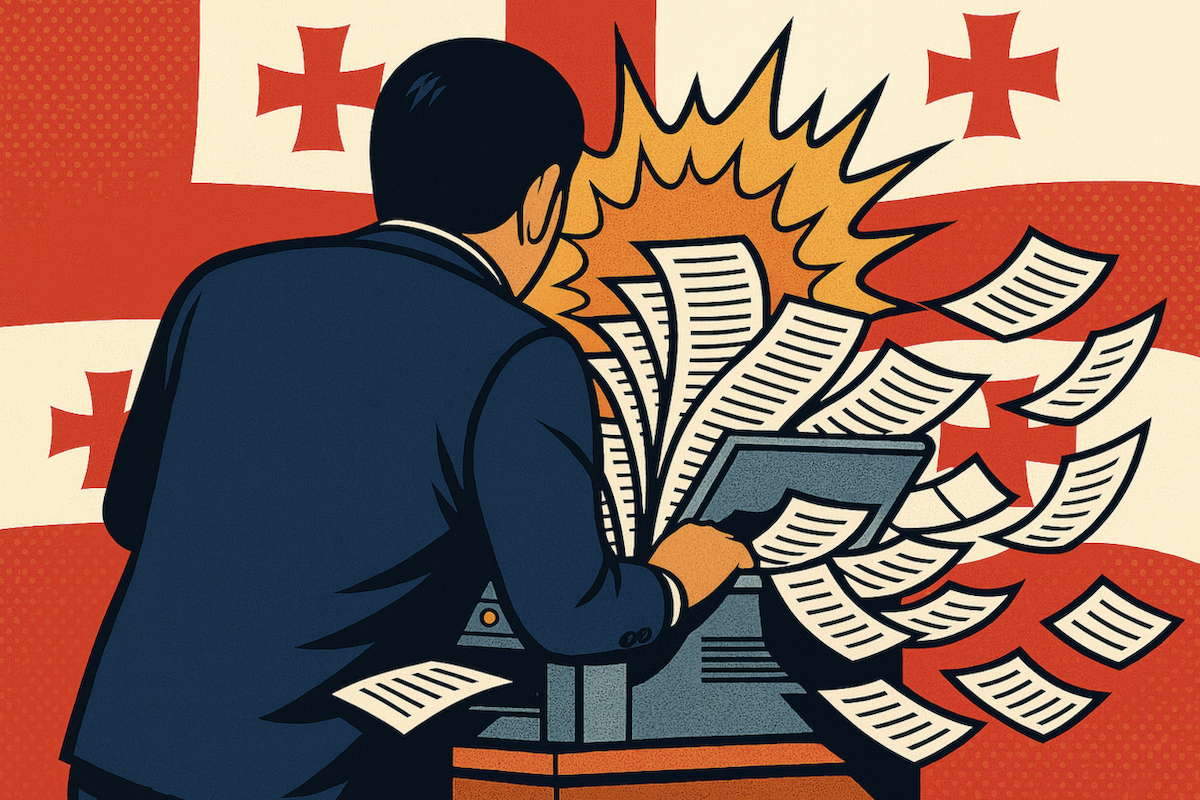Increase in the number of road accidents in Armenia: what explains it and how to prevent it
Road accidents in Armenia
To reduce traffic violations and the number of accident victims, the Armenian government periodically introduces new administrative penalties.
Motorists complain that the quality of roads and infrastructure does not improve in proportion to the fines they pay due to the tightening of penalties. The number of traffic incidents, including fatal accidents, has been rising steadily in recent years.
Why has this situation developed and how can it be overcome from the perspective of all interested parties?
- Armenia’s remote work law passed but unimplemented
- Electronic prescriptions in Armenia: How the ‘anti-self-medication project’ is being implemented
- Foreigners in Armenian universities: come to study but don’t stay to work
Recent years statistics
According to data published by the World Health Organization, the road traffic mortality rate in Armenia was 17.47 per 100,000 inhabitants in 2020, a figure experts consider alarmingly high. For comparison, the same survey showed the rate in neighboring Georgia was 11.30.
In 2023, Armenia recorded 4,614 road traffic accidents, up from 4,287 the previous year. The number of accidents has been increasing annually since 2021. Alongside this, there has been a rise in the number of injured. In 2023, 378 people were injured, compared to 321 in 2022.
At a government meeting on January 25, prime minister Nikol Pashinyan addressed the increase in road traffic accidents and injuries:
“The Ministry of Internal Affairs is working intensively. We see the results of this work because we have been following a specific methodology. And we see that we have managed to achieve some reduction in the number of accidents and casualties.”
However, the statistics do not support this claim. In 2023, compared to 2022, the number of road accidents increased by 7 percent, fatalities by 17.7 percent, and injuries by 6.2 percent.
The trend of increasing accidents, fatalities, and injuries has persisted over the past 10 years, peaking in 2019. Only in 2016 and 2020 were these figures lower. The decrease in 2020 is attributed to restrictions imposed during the COVID-19 pandemic.
In addition to the rise in road accidents, the number of registered vehicles in Armenia has been steadily increasing. In 2023, the number of cars increased by 1.4 percent compared to the previous year.
In 2024, the number of vehicles surged due to the relocation of Karabakh Armenians to Armenia. As of May 10, 2024, there are 900,692 registered vehicles.
Causes of increasing accidents
According to Daniel Ioannisyan, head of the NGO “Union of Informed Citizens,” the main causes of the rise in road traffic accidents are:
- The condition of infrastructure and roads,
- The quality of vehicle inspections,
- The low level of driving skills,
- The quality of police administration.
Ioannisyan notes that addressing these issues falls under different agencies:
“Previously, these matters were managed by the Ministry of Territorial Administration and Infrastructure. Since 2023, they have mostly been the responsibility of the Ministry of Internal Affairs, with only some functions remaining under the Ministry of Territorial Administration, particularly infrastructure safety and vehicle inspections.”
Commenting on the efforts by state agencies to address these issues, Ioannisyan states:
“All reforms related to vehicle inspections have largely failed. Currently, proper technical inspections of vehicles are not conducted in Armenia. As for the low level of driving skills, there has been some improvement, with higher standards for issuing driver’s licenses. However, corruption risks persist, meaning people who cannot drive still obtain licenses.”
Ioannisyan also addresses the factor of police conduct and behavior:
“Police officers often do not wear seat belts themselves, setting a poor example. Instead of enforcing traffic rules, the patrol service frequently handles other tasks, such as maintaining order at rallies and escorting high-ranking officials. This directly impacts driver behavior.
In some cases, the patrol service is simply unable to maintain order on the streets. Often, it turns out that a driver is a friend of a high-ranking person, another driver is influential, and a third is a lawyer who knows the legal loopholes. As a result, maintaining order on the streets becomes impossible.“
Drivers themselves echo these concerns.
“If a police officer drives without a seat belt or talks on the phone while driving, how can he demand that others follow the rules? Or when a driver with an expensive car and license plates breaks the rules, police pretend not to notice. But when someone in a regular car breaks the rules, they are stopped and fined. This raises doubts about their objectivity,” complains 30-year-old taxi driver Hovik A.
Road safety strategy not yet approved
In recent years, the need to develop a road safety strategy for Armenia has been actively discussed. However, these discussions have not yet led to a decision.
The draft “National Road Safety Strategy of Armenia” was published for public discussion on the e-draft.am platform in August-September 2023. It garnered very little interest, with three votes in favor, two against, and only one person submitting a proposal. Currently, the draft is back in the development stage.
The need for its adoption stems from the Stockholm Declaration “Achieving Global Goals 2030.” At the February 2020 conference, participants were urged to achieve a 50 percent reduction in road traffic accidents and fatalities by 2030.
According to the WHO Global Status Report on Road Safety 2023, the annual number of road traffic deaths has decreased to 1.19 million since 2010. Only ten countries have managed to reduce road traffic mortality by more than 50 percent. These countries are Belarus, Denmark, Japan, Lithuania, Norway, Russia, the United Arab Emirates, and Venezuela.
Measures to reduce traffic accidents in Armenia
In response to our written inquiry, the Ministry of Internal Affairs (MIA) replied:
“Representatives of the MIA’s patrol service have conducted discussions and meetings in schools in Yerevan and the regions. The aim was to raise students’ awareness of road safety rules.
A notification was sent to the Ministry of Territorial Administration and Infrastructure regarding the locations of traffic accidents in various administrative areas covered by the MIA patrol service. Recommendations were made for road equipment on these sections to prevent and reduce accidents.
At the same time, the MIA patrol service conducts enhanced patrols to ensure road safety and public order.”
However, Daniel Ioannisyan, head of the NGO “Union of Informed Citizens,” considers these measures ineffective:
“All these measures are unserious because they do not represent a comprehensive approach. These are ineffective actions. The problem is that we lack a strategy. Therefore, different agencies perform various actions or create the illusion of doing something. These disconnected steps lack a unified logic and generally do not have a clear, measurable end result.”
He believes that to develop and implement a quality strategy, it is essential to maintain statistics on traffic accidents and their causes, which are still lacking:
“We have serious problems with statistics. We still don’t know, for example, what percentage of deceased drivers and passengers were wearing seat belts or not. For over 10 years, we have been raising the issue of the need for statistics and identifying causes.”
The MIA also confirms the absence of statistical data on the causes of accidents and casualties.
“The MIA patrol service does not maintain statistics on the causes of traffic accidents. A strategy is being developed in this direction with interested agencies to provide evidence-based statistical components,” the MIA’s response stated.
What needs to be done?
“There are three key components aimed at improving road conditions and reducing fatalities from accidents: ensuring the proper condition of vehicles, infrastructure and roads, and driver behavior,” says Ioannisyan.
He emphasizes that the responsibility for the first two components lies with the Ministry of Territorial Administration and Infrastructure, while the Ministry of Internal Affairs (MIA) is responsible for the third component. As for the educational aspect, it should be handled by the Ministry of Education.
“These three agencies must operate at an appropriate level, ensuring the quality and full implementation of all components. However, for the coordinated and effective work of these bodies, we need a government-approved strategy, the implementation of which will be mandatory for all structures,” says the head of the NGO “Union of Informed Citizens.”























